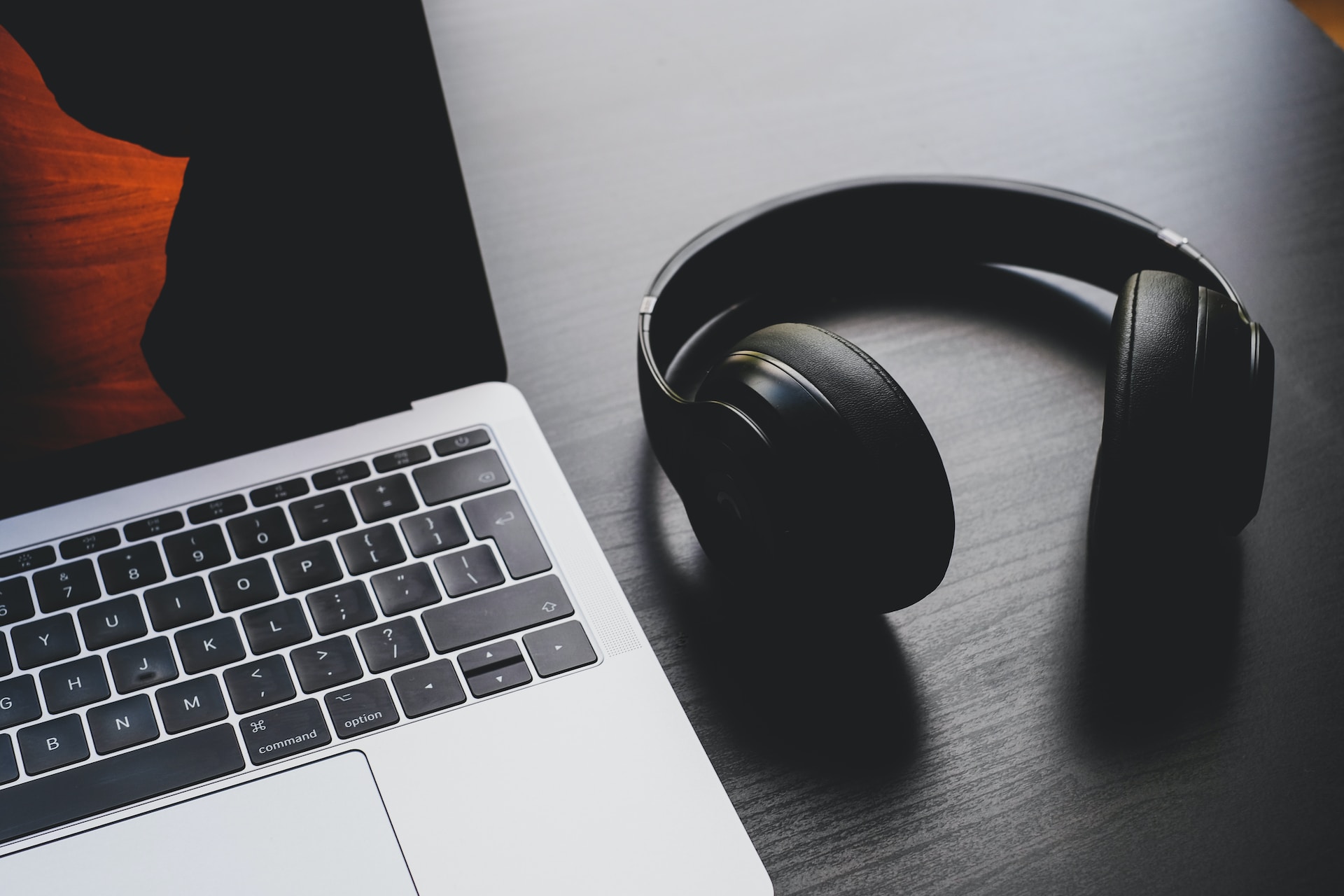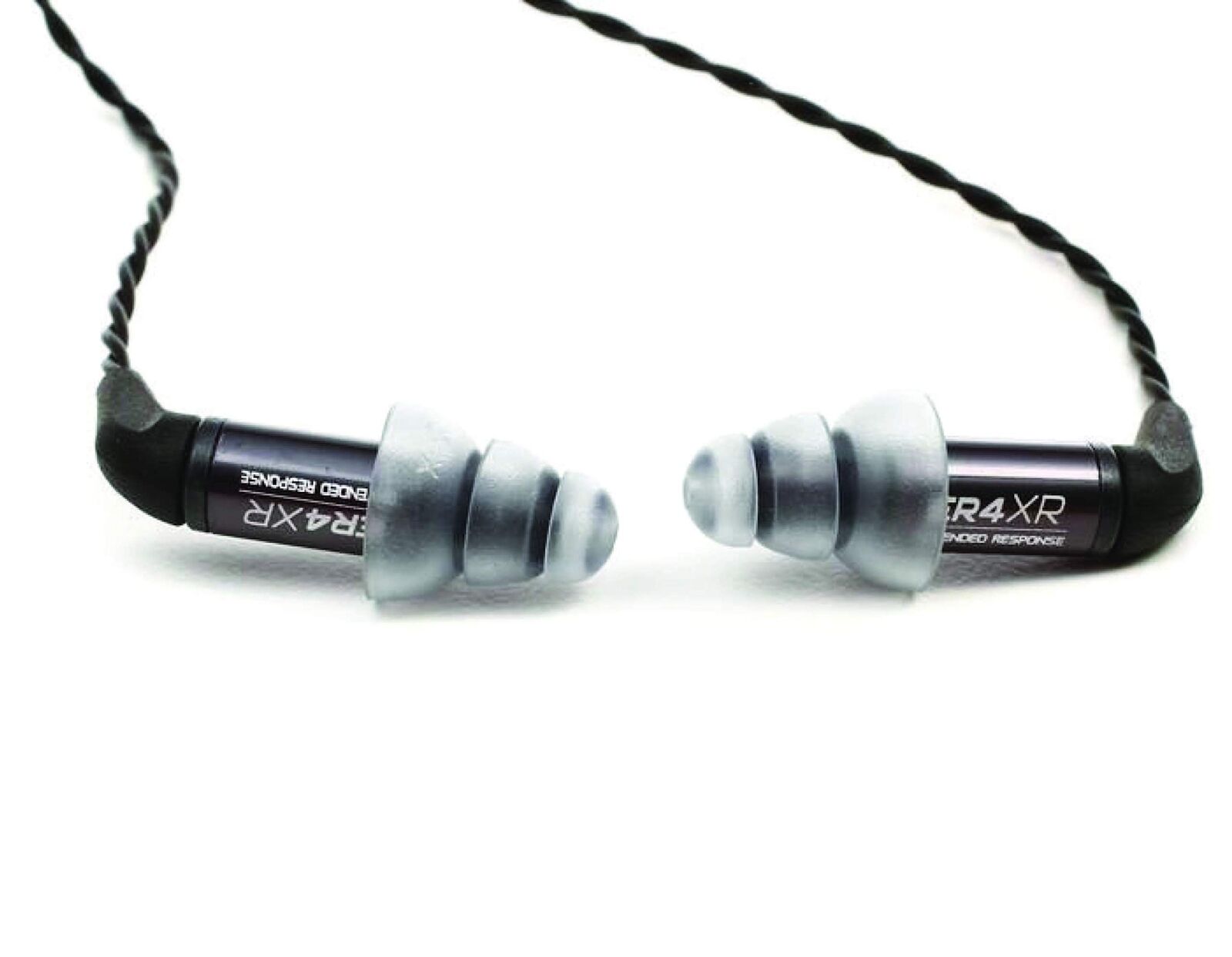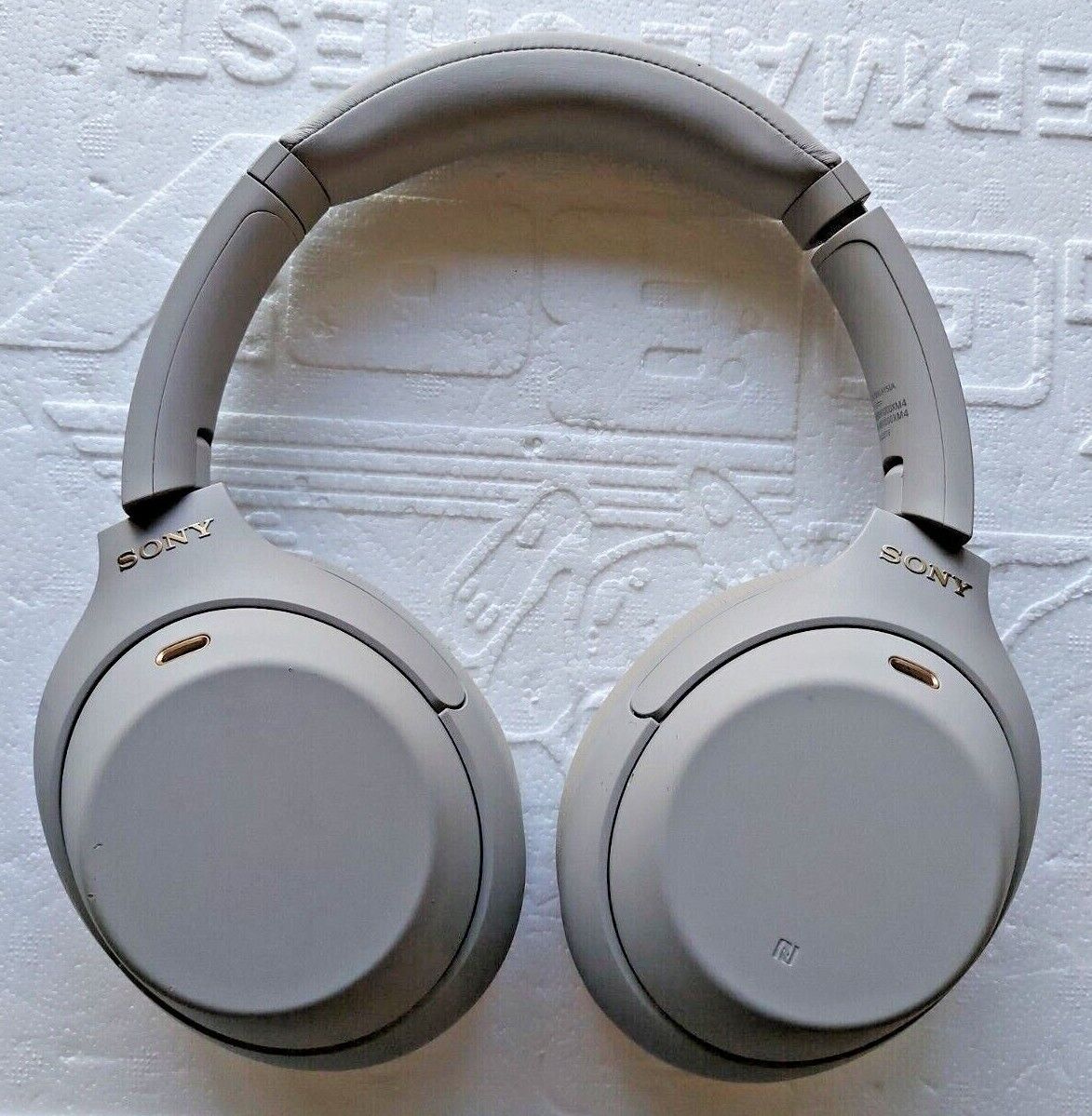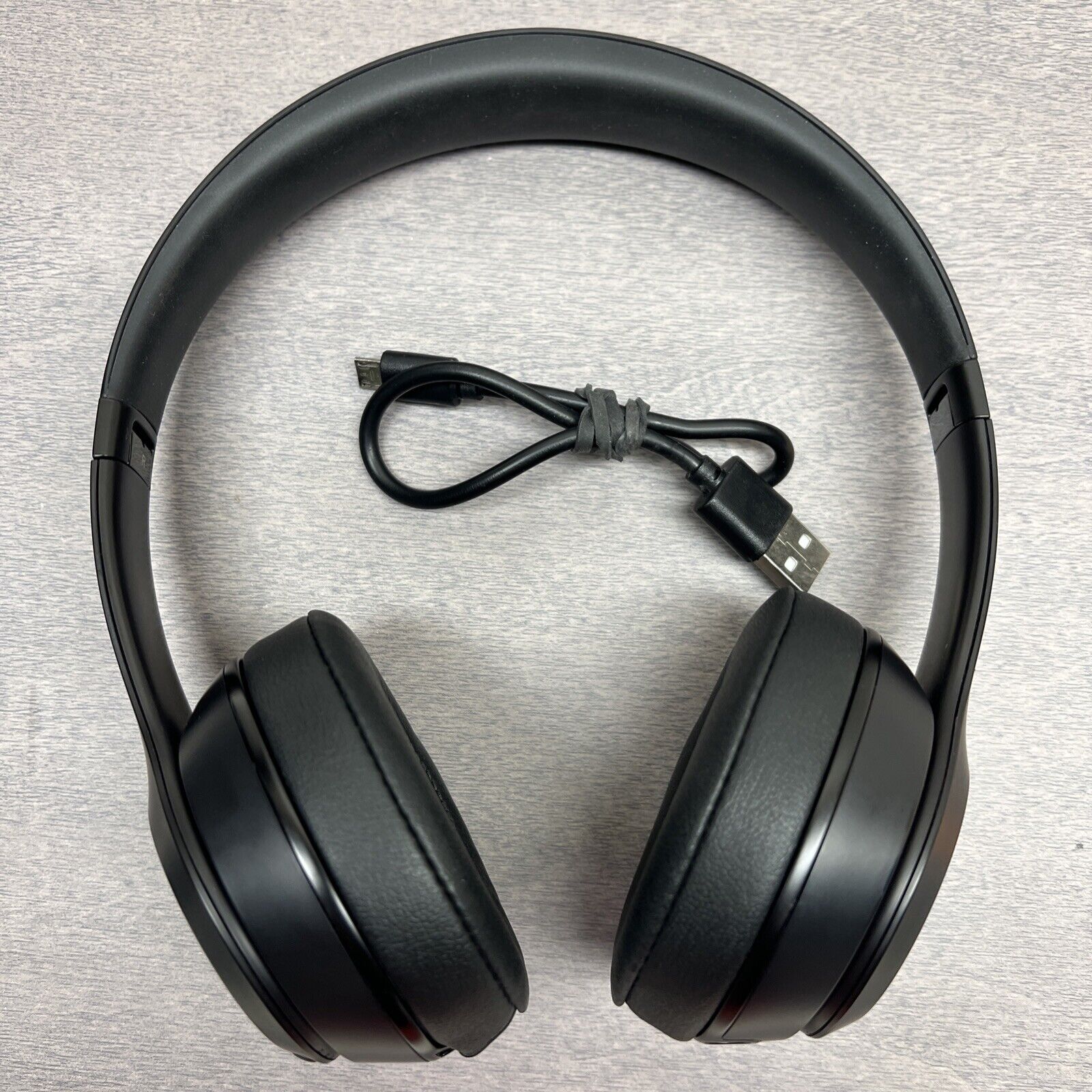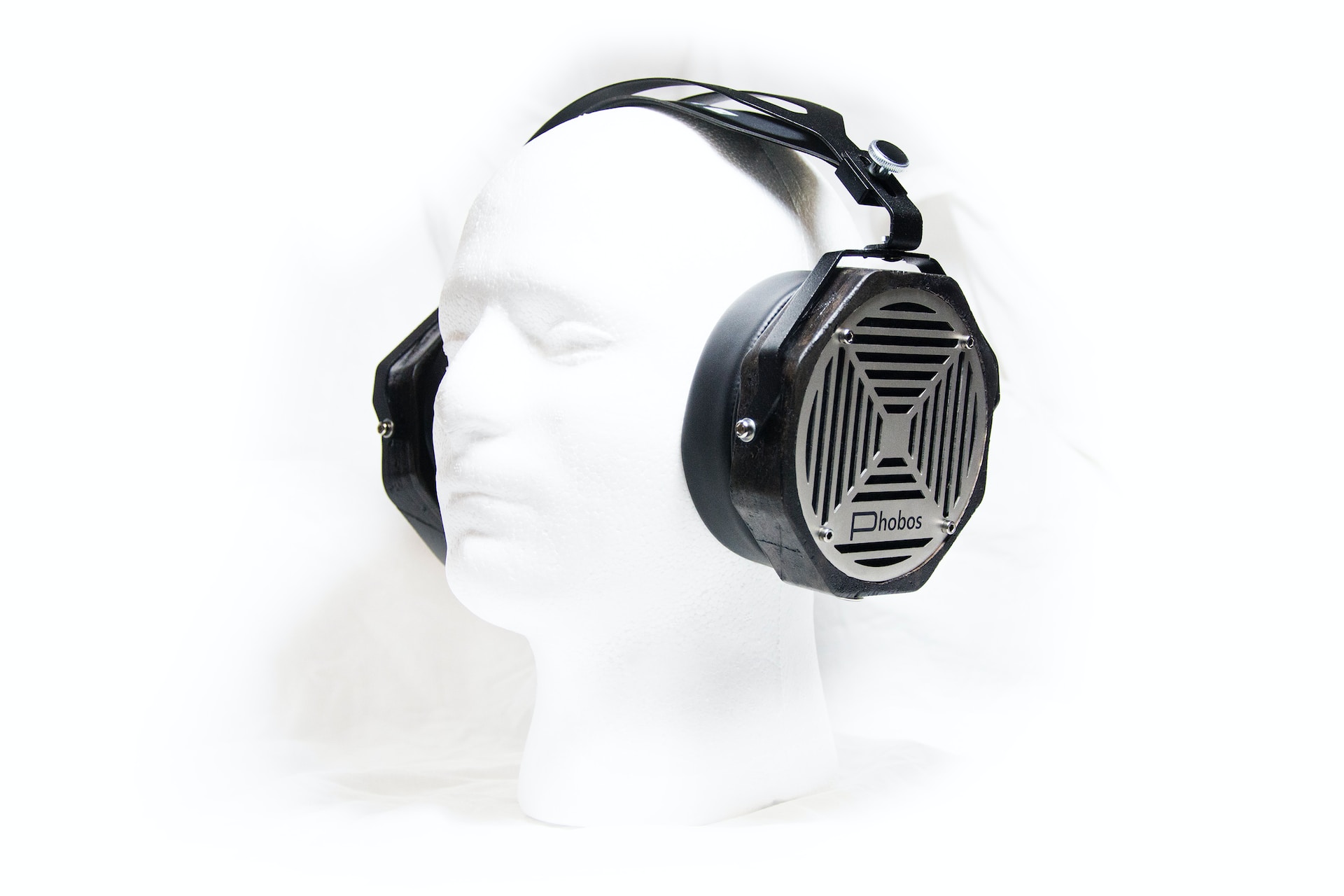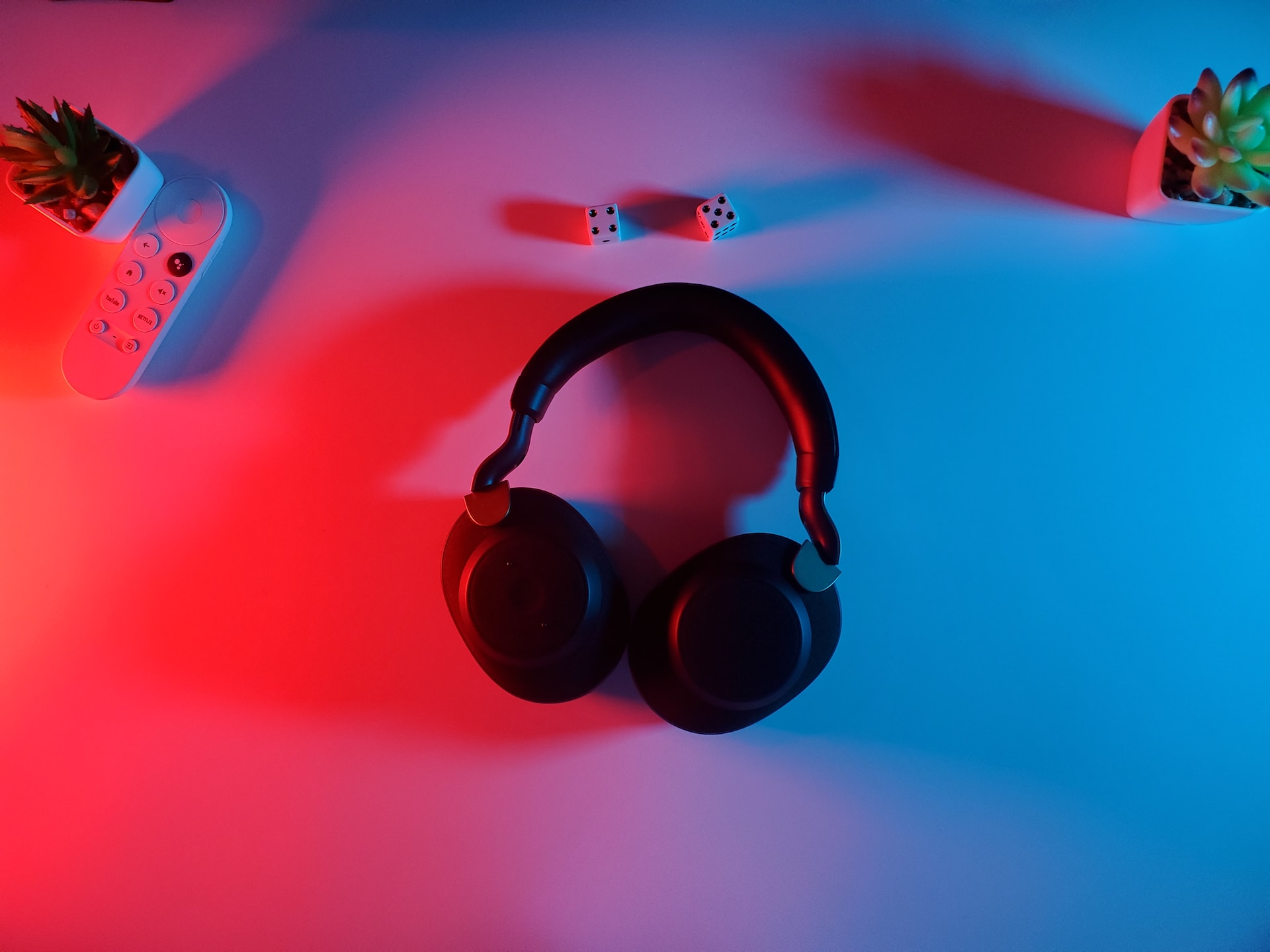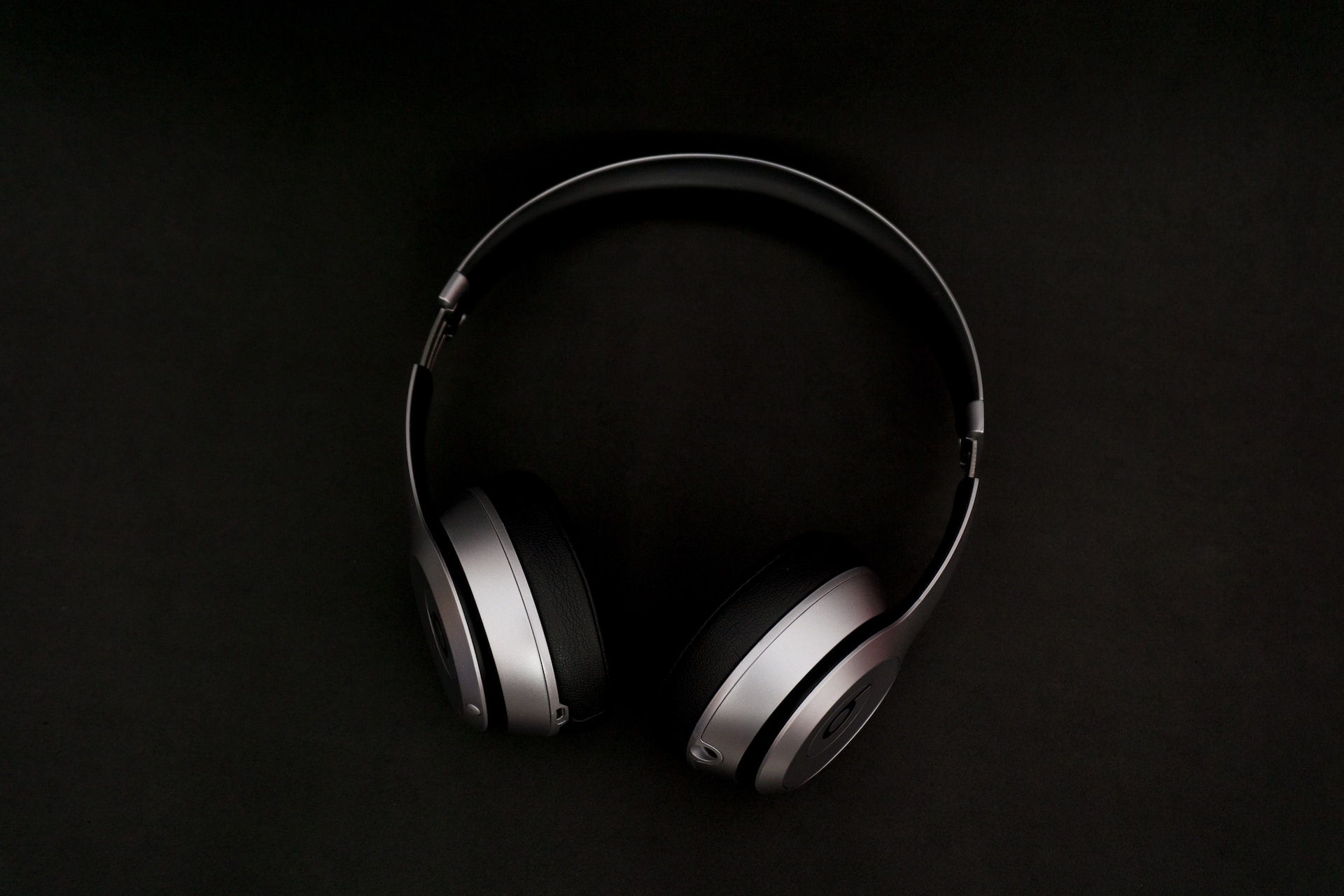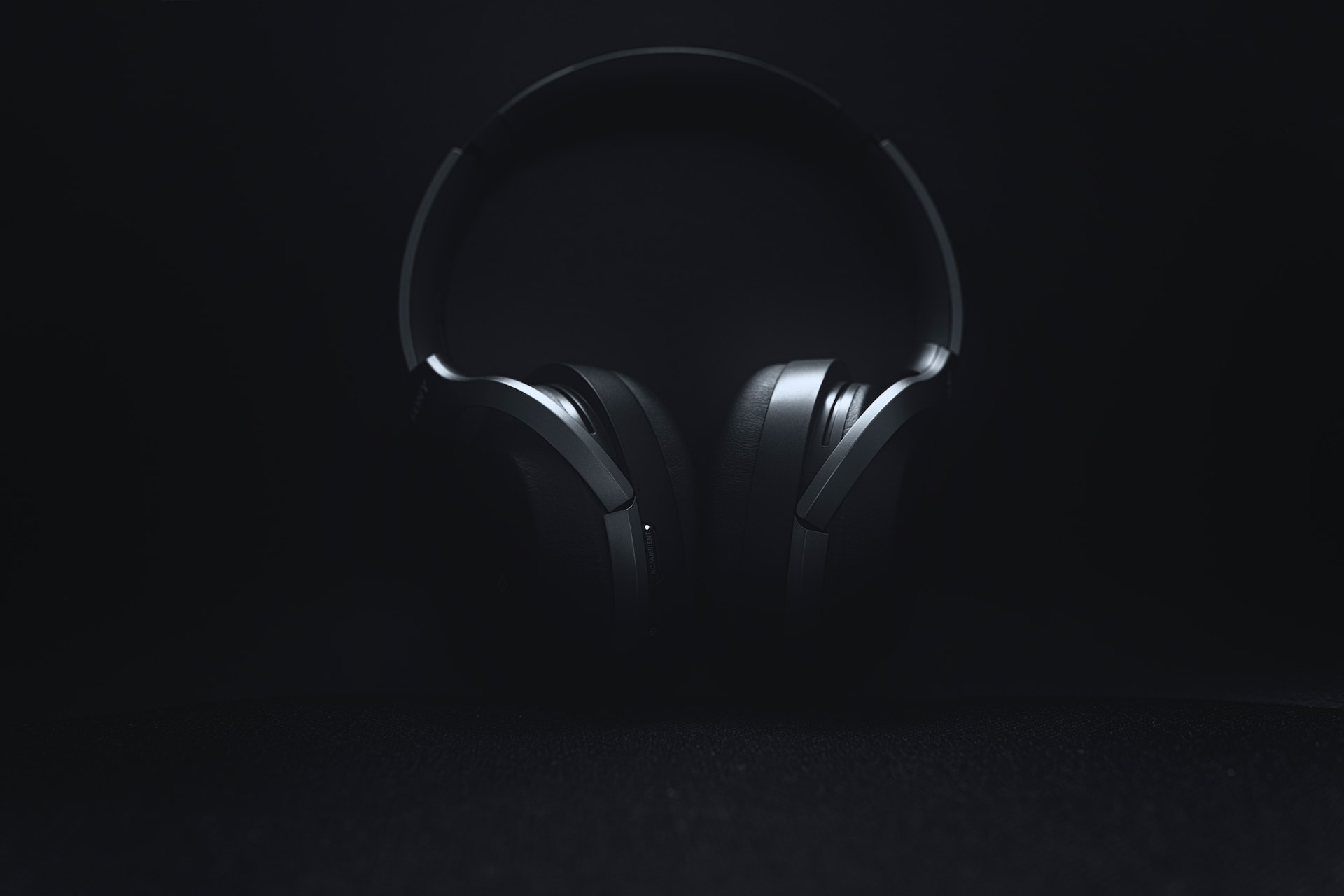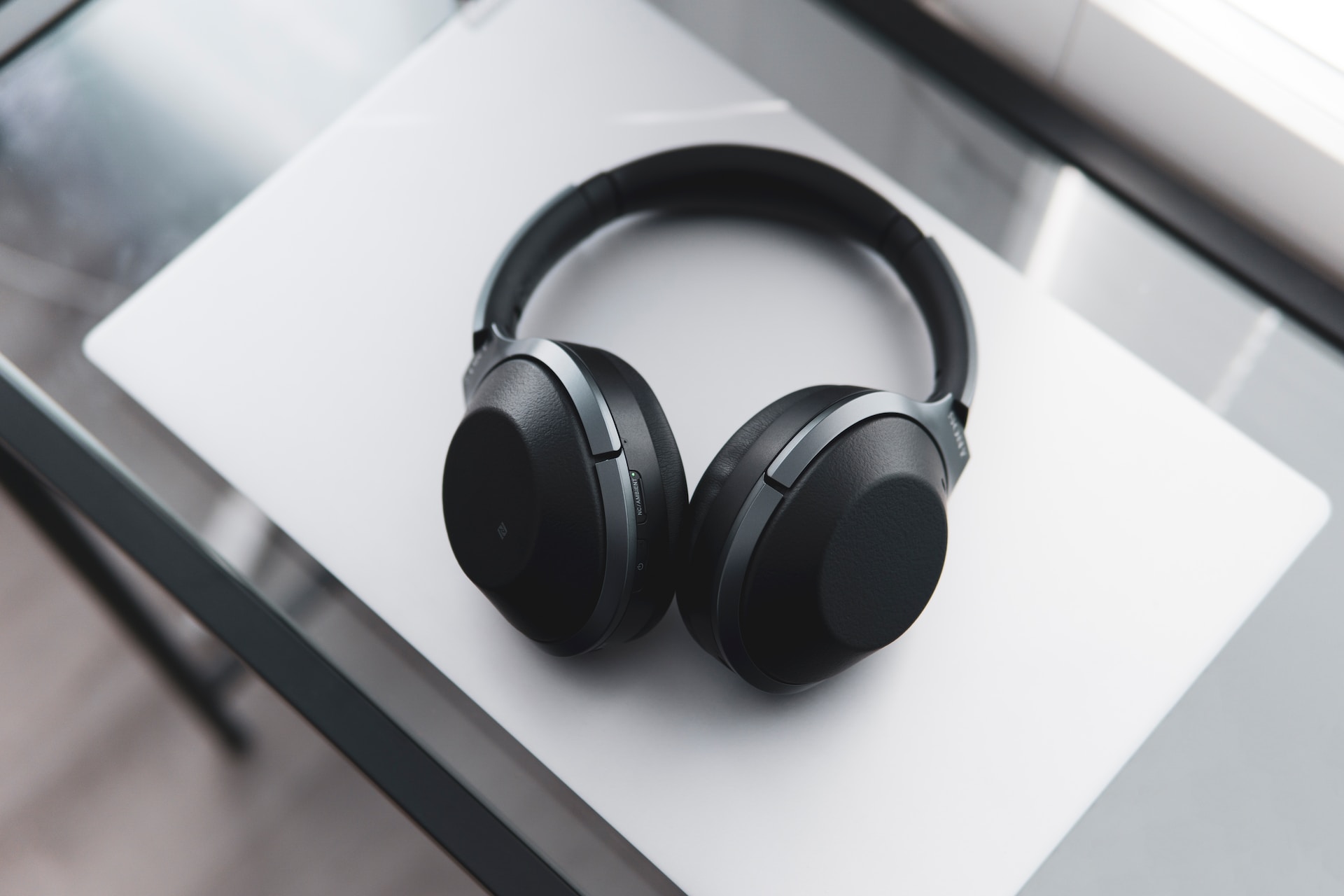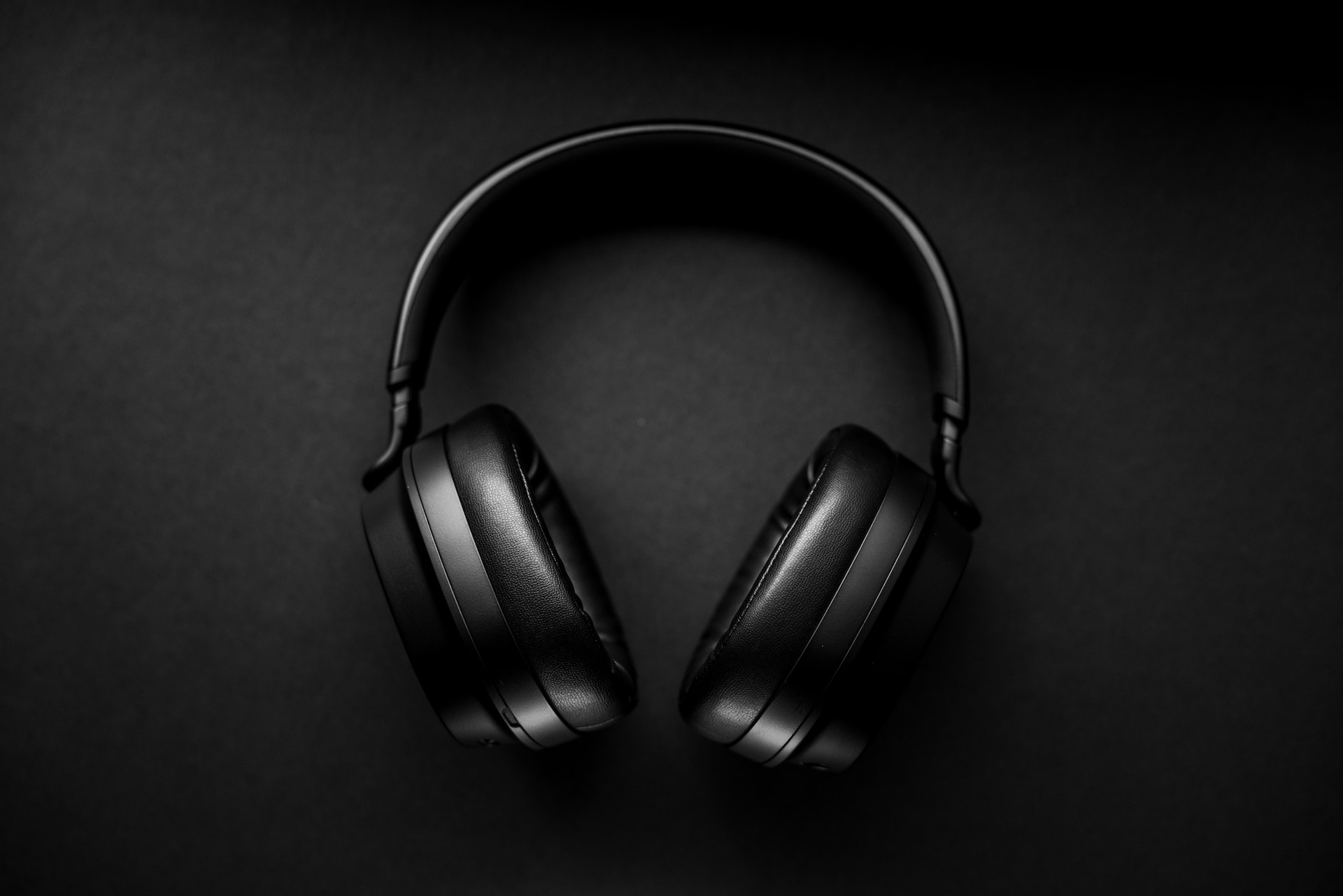If you are a music lover, a gamer, or a podcast listener, you probably care about how your headphones sound. You want to hear every detail, every nuance, and every emotion in your audio content. But how do you know if your headphones are reproducing the sound accurately? How do you know if they are not missing or exaggerating any frequencies?
One way to answer these questions is to look at the treble frequency response of your headphones. The treble frequency response of headphones measures how well they replicate the high frequencies of the audible frequency spectrum. Treble, which is defined as frequencies between 2 and 20 kHz, is made up of higher harmonics from lead instruments, singers, cymbals, sibilant tones (S and T sounds), and airiness.
Because it impacts the clarity, sharpness, brightness, and realism of the sound, treble frequency response is important for headphones. Headphones with good treble frequency response accuracy can deliver a balanced and neutral sound that matches the original recording. Headphones with poor treble frequency response accuracy can make the sound too dull or too harsh, depending on whether they under-emphasize or over-emphasize certain frequencies.
But how do you measure and compare treble frequency response accuracy on headphones? How do you know which headphones have the best or worst performance in this aspect? And how do you improve treble frequency response accuracy on your headphones if they are not up to par?
In this article, we will answer these questions and more. We will explain our score and test for treble frequency response accuracy on headphones, based on our extensive research and testing. We will also share our top picks for the best and worst headphones for treble frequency response accuracy, as well as some tips on how to improve it on your own headphones.
The Best Headphones for Treble Frequency Response Accuracy
To choose the best headphones for treble frequency response accuracy, we consider several factors:
- The amount of deviation (weighted standard error) in treble frequency response (2.5kHz-9kHz) as compared to a target response would sound perfectly balanced to most people. The lower the standard error, the better.
- The overall sound signature of the headphones. The general tonal balance between the bass, mid, and treble ranges of the frequency response. We prefer headphones that have a neutral or balanced sound profile that does not overemphasize or underemphasize any frequency range.
- The consistency of the frequency response across different users and re-seats. We prefer headphones that sound similar regardless of how they fit different head shapes and sizes.
- The user feedback and reviews from other sources. We also take into account what other users and reviewers have said about the sound quality and treble performance of the headphones.
Based on these criteria, here are our top picks for the best headphones for treble frequency response accuracy:
Sennheiser HD 800 S
The Sennheiser HD 800 S are open-back over-ear headphones that deliver exceptional treble frequency response accuracy. With a very low treble range standard error of 0.64, they reproduce the high frequencies very close to the desired response. Also, they have a sound profile that is quite balanced and neutral, neither unduly elevating nor undercutting any one frequency band. They boast a clear, accurate, and lifelike soundstage that mimics listening to speakers in a room.
The Sennheiser HD 800 S are very consistent across different users and re-seats, thanks to their large ear cups and adjustable headband that can accommodate different head shapes and sizes. They also have a detachable cable that can be replaced if damaged or if you want to use a different connector. The headphones come with two cables: one with a 6.3mm plug and one with a 4.4mm balanced plug.
The Sennheiser HD 800 S is widely praised by users and reviewers for its sound quality and treble performance. They are considered one of the best headphones for critical listening, especially for genres that rely on high frequencies, such as classical, jazz, acoustic, or vocal music. However, they are also very expensive and require a powerful amplifier to drive them properly. They are also not suitable for noisy environments or portable use, as they leak a lot of sounds and do not isolate any noise.
The Sennheiser HD 800 S is available on:
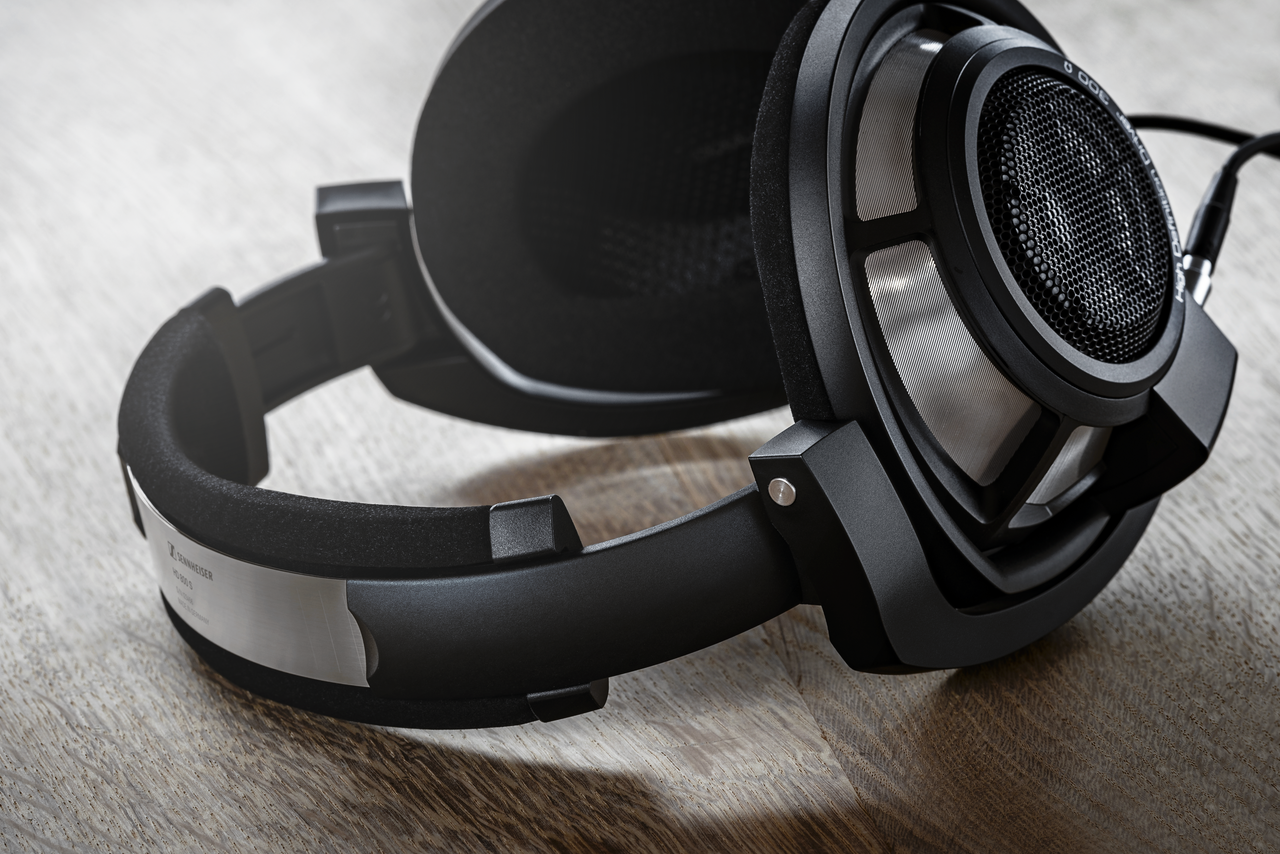

Etymotic ER4XR
The Etymotic ER4XR are in-ear headphones that offer excellent treble frequency response accuracy. They reproduce the high frequencies extremely accurately since they have a very low standard error of 0.71 in the treble range. Additionally, they feature a sound profile that is well-balanced and neutral and does not depart too far from the desired response. With a tight and accurate bass response, they have a clear, detailed, and transparent sound.
Thanks to their deep insertion design, the Etymotic ER4XR are consistent among users and re-seats. Their detachable cable can be replaced if damaged or if you want to utilise a different connector. Foam, silicone, and triple-flange ear tips are included to ensure a comfortable fit.
The Etymotic ER4XR is highly regarded by users and reviewers for its sound quality and treble performance. They are considered one of the best headphones for analytical listening, especially for genres that require high fidelity and detail, such as classical, jazz, rock, or metal. However, they are also quite expensive and may not be comfortable for everyone due to their deep insertion design. They are also not very versatile for other uses, as they do not have any controls or microphones.
The Etymotic ER4XR is available on:

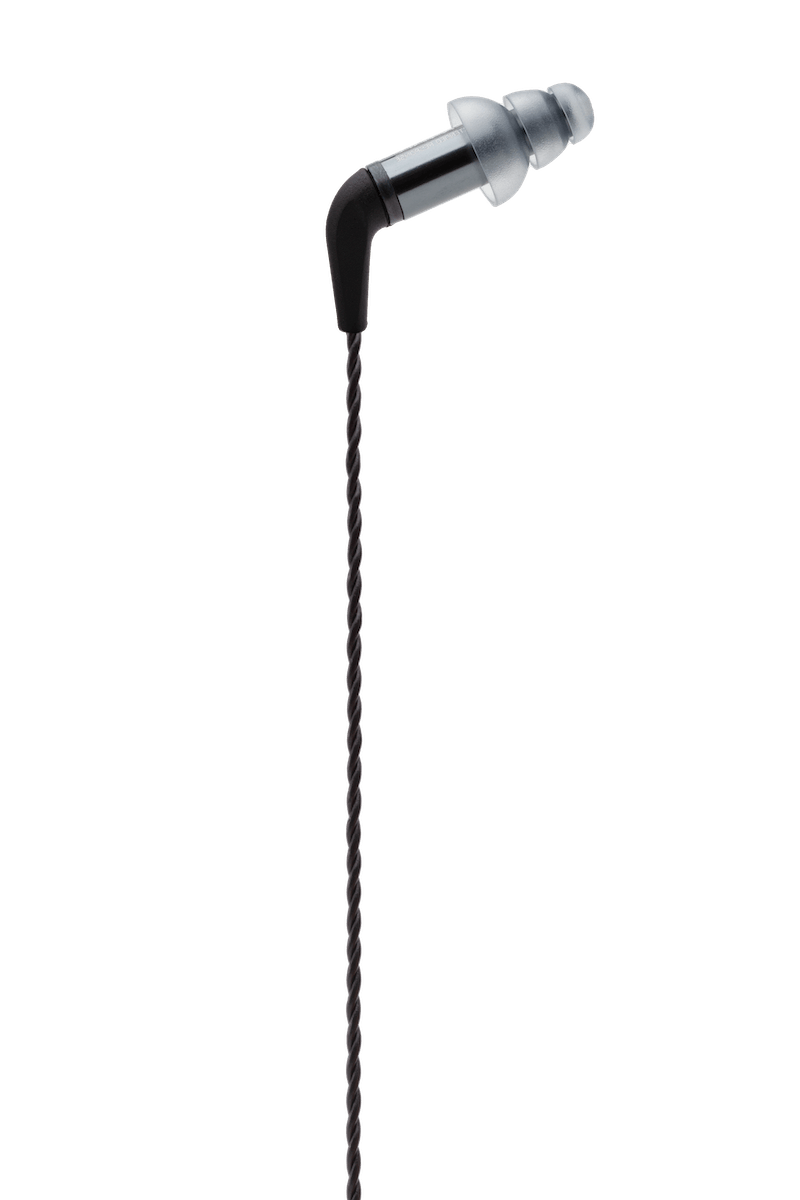
Sony WH-1000XM4
The Sony WH-1000XM4 are wireless over-ear headphones that deliver a great treble frequency response accuracy. They have a low standard error of 1.01 in the treble range, which means they reproduce the high frequencies fairly well. They also have a customizable sound profile that can be adjusted with the Sony | Headphones Connect app. You can choose from different presets or use the graphic EQ to fine-tune the sound to your liking. They sound clear, detailed, and dynamic, with a powerful and punchy bass response.
The Sony WH-1000XM4 is fairly consistent across different users and re-seats, thanks to its adaptive sound control feature that automatically adjusts the sound based on your environment and activity. They also have a detachable cable that can be used if the battery runs out or if you want to use a wired connection. The headphones come with a carrying case, an airplane adapter, and a USB-C charging cable.
The Sony WH-1000XM4 are widely acclaimed by users and reviewers for their sound quality and treble performance. The best wireless headphones for genres like pop, hip-hop, and EDM that benefit from full-bodied sound are these ones. They are perfect for both work and leisure because they reduce the majority of ambient noise. They also include a 30-hour battery life and a microphone for voice assistance and hands-free communications.
The Sony WH-1000XM4 is available on:

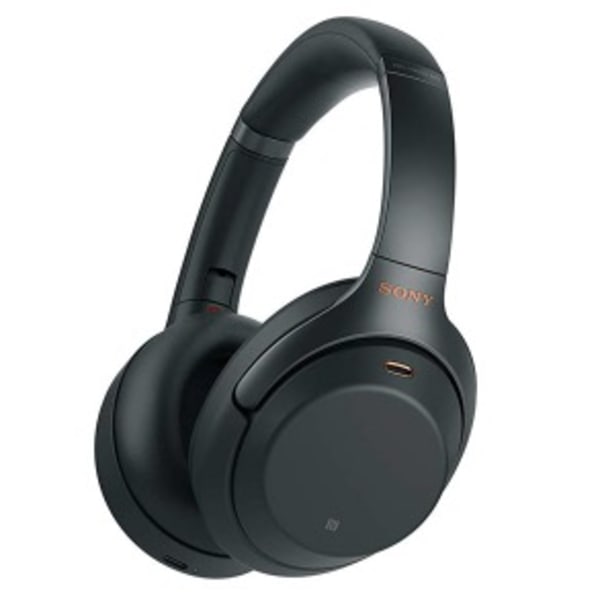
/product/55/503567/1.jpg?5757)
The Worst Headphones for Treble Frequency Response Accuracy
To choose the worst headphones for treble frequency response accuracy, we consider the same factors as we did for the best headphones, but in reverse:
- The amount of deviation (weighted standard error) in treble frequency response (2.5kHz-9kHz) as compared to a target response that would sound perfectly balanced to most people. The higher the standard error, the worse.
- The overall sound signature of the headphones. The general tonal balance between the bass, mid, and treble ranges of the frequency response. We avoid headphones that have a very skewed or unbalanced sound profile that overemphasizes or underemphasizes any frequency range.
- The consistency of the frequency response across different users and re-seats. We avoid headphones that sound very different depending on how they fit on different head shapes and sizes.
- The user feedback and reviews from other sources. We also take into account what other users and reviewers have said about the sound quality and treble performance of the headphones.
Based on these criteria, here are our top picks for the worst headphones for treble frequency response accuracy:
Beats Solo3 Wireless
The Beats Solo3 Wireless are wireless on-ear headphones that have poor treble frequency response accuracy. They reproduce the high frequencies with a very high standard error of 4.67, indicating that they do it in an unreliable manner. In addition, their sound profile is quite lopsided and imbalanced, with an excessive emphasis on the bass and a very low emphasis on the mid- and treble ranges. They have a lack of clarity, detail, and brightness, and sound boomy, muddy, and veiled.
The Beats Solo3 Wireless are very inconsistent across different users and re-seats, thanks to their on-ear design that does not create a good seal around the ears. They also have a non-detachable cable that cannot be replaced if damaged or if you want to use a different connector. The headphones come with a carrying case, an airplane adapter, and a micro-USB charging cable.
The Beats Solo3 Wireless are widely criticized by users and reviewers for their sound quality and treble performance. They are considered one of the worst headphones for critical listening, especially for genres that rely on high frequencies, such as classical, jazz, acoustic, or vocal music. However, they are also very popular and stylish, and have some redeeming features, such as a long battery life of up to 40 hours, a fast-charging feature that gives you 3 hours of playback in 5 minutes, and a built-in microphone that supports voice assistants and hands-free calls.
The Beats Solo3 Wireless are available on:


/product/60/7440822/1.jpg?8717)
Skullcandy Crusher Wireless
The Skullcandy Crusher Wireless are wireless over-ear headphones that have a terrible treble frequency response accuracy. In the treble region, they reproduce the high frequencies quite badly with a very high standard error of 6.04 dB. In addition, their sound profile is quite lopsided and imbalanced, with an excessive emphasis on the bass and a very low emphasis on the mid- and treble-ranges. They have a lack of clarity, detail, and brightness, and sound quite boomy, muddy, and veiled.
The Skullcandy Crusher Wireless are very inconsistent across different users and re-seats, thanks to their over-ear design that does not create a good seal around the ears. They also have a non-detachable cable that cannot be replaced if damaged or if you want to use a different connector. The headphones come with a carrying bag and a micro-USB charging cable.
The Skullcandy Crusher Wireless are widely panned by users and reviewers for their sound quality and treble performance. They are considered one of the worst headphones for critical listening, especially for genres that require high fidelity and detail, such as classical, jazz, rock, or metal. However, they are also very popular among bass lovers who enjoy their haptic feedback feature that vibrates the ear cups according to the bass level. They also have a decent battery life of up to 40 hours and a built-in microphone that supports voice assistants and hands-free calls.
The Skullcandy Crusher Wireless is available on:
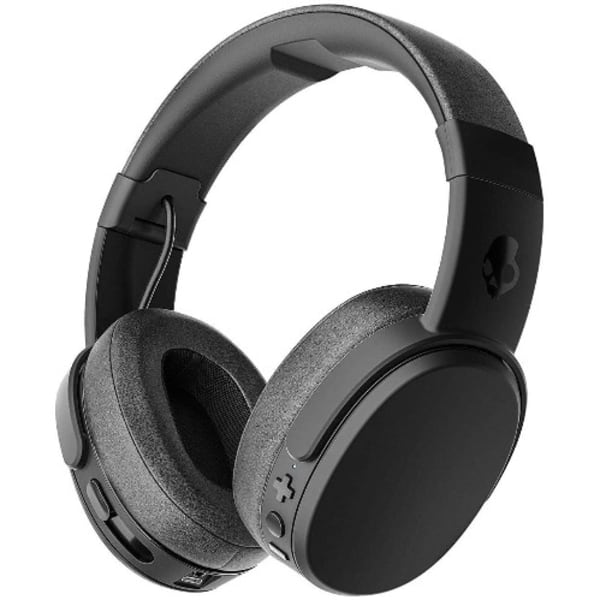

Koss Porta Pro
The Koss Porta Pro are wired on-ear headphones that have a mediocre treble frequency response accuracy. They reproduce the high frequencies inadequately due to their high treble range standard error of 3.29. Additionally, their sound profile is quite skewed and imbalanced, with an emphasis on the bass and midrange and a lack of treble. They don’t have any clarity, detail, or brightness, and they sound dark, muddled, and uninteresting.
The Koss Porta Pro are very inconsistent across different users and re-seats, thanks to their on-ear design that does not create a good seal around the ears. They also have a non-detachable cable that cannot be replaced if damaged or if you want to use a different connector. The headphones come with a carrying pouch and an adapter for 6.3mm jacks.
The Koss Porta Pro are widely disliked by users and reviewers for their sound quality and treble performance. They are considered one of the worst headphones for critical listening, especially for genres that depend on high frequencies, such as classical, jazz, acoustic, or vocal music. However, they are also very cheap and lightweight, and have some nostalgic value for some users who remember them from the 80s. They also have a lifetime warranty and a built-in microphone that supports voice assistants and hands-free calls.
The Koss Porta Pro is available on:


- All prices mentioned above are in United States dollar.
- This product is available at B&H Photo Video, koss stereophones, Beatsbydre.com, Apple Store, Etymotic.com, Sennheiser-hearing.com, Best Buy, jumia nigeria, Konga, Skullcandy.eu.
- At bhphotovideo.com you can purchase Koss PortaPro Stereo Headphones for only $49.00 , which is 100% less than the cost in jumia nigeria ( 325,000.00).
- The lowest price of Sony Wh 1000xm4 was obtained on December 17, 2025 3:37 am.
How to Improve Treble Frequency Response Accuracy On Your Headphones
If you are not satisfied with the treble frequency response accuracy of your headphones, there are some things you can do to improve it. Here are some tips:
- Adjust the fit of your headphones. Make sure they are properly positioned on your ears and create a good seal around them. This can help reduce the leakage of sound and improve the isolation of noise, which can affect the perception of treble frequencies.
- Use an equalizer (EQ) to adjust the sound profile of your headphones. You can use an app on your phone or computer, or a dedicated device, to tweak the frequency response of your headphones. You can boost or cut certain frequencies to achieve a more balanced and neutral sound. However, be careful not to overdo it, as too much EQ can introduce distortion or artifacts in the sound.
- Change the ear tips or pads of your headphones. If you have in-ear or over-ear headphones, you can try different ear tips or pads that may affect the sound quality and treble performance of your headphones. For example, foam ear tips or velour pads may create a more open and airy sound than silicone ear tips or leather pads.
- Try different headphones. If none of the above ideas work, consider buying headphones with improved treble frequency response accuracy. Compare models using our score and test results.
Conclusion
Sound clarity, detail, brightness, and realism depend on treble frequency response correctness. Headphones with accurate treble frequency response can match the original recording. If they under- or over-emphasize certain frequencies, headphones with poor treble frequency response accuracy might sound dull or unpleasant.
This article describes Randomunboxtv.com’s score and test for headphones’ treble frequency response accuracy. We also gave our best and worst headphones for treble frequency response accuracy and ideas on how to improve your own headphones.
We hope this article was helpful. If you have any questions, comments, or suggestions on this issue or our score and test procedure, please leave them below. Please share your experience with us.
Thank you for reading and happy listening!
Frequently Asked Questions
Here are some frequently asked questions about treble frequency response accuracy on headphones:
What is treble frequency response?
How well headphones replicate the high frequencies of the audible frequency spectrum is referred to as treble frequency response. Treble, which has a frequency range of 2 KHz to 20 KHz, is what you hear in recordings as the upper harmonics of lead instruments and voices, cymbals, sibilant tones (S and T sounds), and airiness.
Why is treble frequency response important for headphones?
Because it impacts the clarity, sharpness, brightness, and realism of the sound, treble frequency response is important for headphones. Headphones with good treble frequency response accuracy can deliver a balanced and neutral sound that matches the original recording. Headphones with poor treble frequency response accuracy can make the sound too dull or too harsh, depending on whether they under-emphasize or over-emphasize certain frequencies.
How do you measure treble frequency response accuracy on headphones?
We test the headphones’ treble frequency response with a calibrated microphone and dummy head. The frequency response curve is compared to what most people would call a “balanced” goal response curve. As a gauge of precision, we determine the deviation (weighted standard error) in the treble range (2.5kHz-9kHz). The better, the lower the standard error.
How do you rate treble frequency response accuracy on headphones?
On a scale of 1 to 10, with 10 being the best accuracy and 1 the worst, we score the treble frequency response of headphones. To score the headphones, we consider the standard error number as well as our subjective assessments of the treble’s effectiveness and sound quality. We also consider the headphones’ consistency, general sound signature, and user reviews and comments.
How do you improve treble frequency response accuracy on your headphones?
Adjusting the fit, using an equalizer, changing ear tips or pads, or testing alternative headphones can enhance treble frequency response accuracy. See our ideas for improving headphones’ treble frequency response accuracy.
What are the best headphones for treble frequency response accuracy?
The best headphones for treble frequency response accuracy have a low standard error, a neutral and balanced sound profile, excellent consistency, and positive user evaluations. The Sennheiser HD 800 S, Etymotic ER4XR, and Sony WH-1000XM4 are good treble frequency response headphones.
What are the worst headphones for treble frequency response accuracy?
The worst headphones for treble frequency response accuracy feature a large standard error, a skewed and unbalanced sound profile, low consistency, and bad user evaluations. The worst headphones for treble frequency response accuracy are the Beats Solo3 Wireless, Skullcandy Crusher Wireless, and Koss Porta Pro.
What are some genres that rely on high frequencies?
Some genres that rely on high frequencies are classical, jazz, acoustic, vocal, rock, metal, and pop. These genres often feature instruments and vocals that have high harmonics and sibilant tones that require good treble reproduction to sound clear and realistic.
What are some factors that affect treble frequency response accuracy?
Treble frequency response accuracy depends on the drivers’ design and quality, the ear cups or ear tips’ shape and size, the headphones’ fit and seal, the ambient noise level and isolation, and the listener’s personal choice and hearing sensitivity.
What are some benefits of having good treble frequency response accuracy?
Some benefits of having good treble frequency response accuracy are:
- You can hear more details and nuances in your audio content.
- You can enjoy a more balanced and neutral sound that matches the original recording.
- You can experience a more realistic and natural soundstage that creates a sense of space and depth.
- You can avoid listening fatigue or discomfort caused by too much or too little treble.
- What are some drawbacks of having poor treble frequency response accuracy?
Some drawbacks of having poor treble frequency response accuracy are:
- You can miss out on some details and nuances in your audio content.
- You can suffer from a skewed and unbalanced sound that distorts or masks some frequencies.
- You can lose some realism and naturalness in your soundstage that makes it sound flat or artificial.
- You can experience listening fatigue or discomfort caused by too much or too little treble.
How do you test treble frequency response accuracy on your own headphones?
Using Tone Generator or AudioCheck.net, you can test your headphones’ treble frequency response.
Then you can compare their quality on headphones with speakers or other headphones. Sound Analyzer or Spectrum Analyzer can display your headphones’ frequency response curve.


